
| Recorded by: Mark Basinger on 2025-11-09
Pender Co.
Comment: | 
| Recorded by: Mark Basinger on 2025-11-08
Brunswick Co.
Comment: |

| Recorded by: Mark Basinger on 2025-11-05
Wilson Co.
Comment: | 
| Recorded by: Mark Basinger on 2025-11-02
Carteret Co.
Comment: |
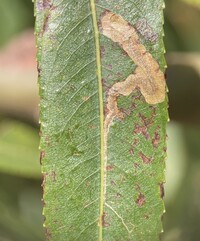
| Recorded by: Dean Furbish on 2025-10-23
Pender Co.
Comment: | 
| Recorded by: Dean Furbish on 2025-10-23
Pender Co.
Comment: |
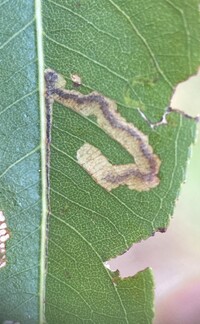
| Recorded by: Dean Furbish on 2025-10-22
Pender Co.
Comment: | 
| Recorded by: Dean Furbish on 2025-10-22
Pender Co.
Comment: |
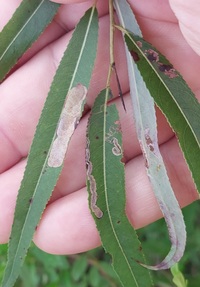
| Recorded by: Mark Basinger on 2025-07-23
Columbus Co.
Comment: | 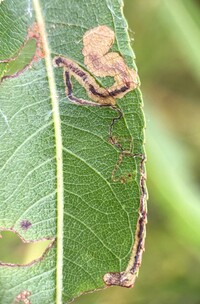
| Recorded by: Dean Furbish, Lior S. Carlson on 2024-08-12
Pamlico Co.
Comment: |

| Recorded by: R. Newman on 2024-08-05
Carteret Co.
Comment: | 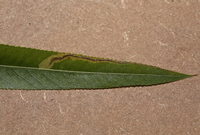
| Recorded by: David George on 2024-06-07
Durham Co.
Comment: |
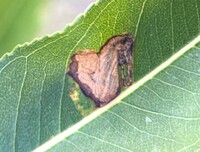
| Recorded by: Dean Furbish on 2023-10-26
Pender Co.
Comment: On Black Willow; an initially linear mine that becomes more blotch-like at the end. | 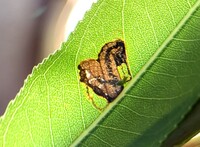
| Recorded by: Dean Furbish on 2023-10-26
Pender Co.
Comment: |
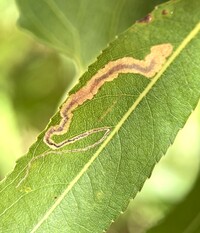
| Recorded by: Dean Furbish on 2023-10-23
Pender Co.
Comment: | 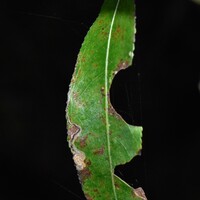
| Recorded by: David George, Stephen Dunn, Jeff Niznik on 2023-10-06
Orange Co.
Comment: |
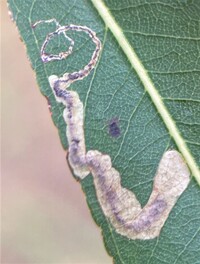
| Recorded by: Dean Furbish on 2022-10-26
Pender Co.
Comment: | 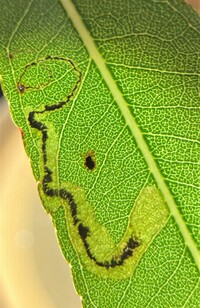
| Recorded by: Dean Furbish on 2022-10-26
Pender Co.
Comment: |

| Recorded by: Tracy S. Feldman on 2022-06-27
Durham Co.
Comment: | 
| Recorded by: Tracy S. Feldman on 2022-06-27
Durham Co.
Comment: |

| Recorded by: Ken Kneidel on 2021-11-27
Mecklenburg Co.
Comment: | 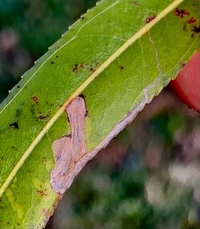
| Recorded by: Ken Kneidel on 2021-11-27
Mecklenburg Co.
Comment: |
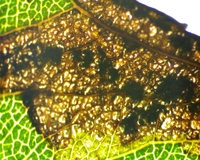
| Recorded by: Ken Kneidel on 2021-11-27
Mecklenburg Co.
Comment: | 
| Recorded by: Tracy S. Feldman on 2018-06-19
Wake Co.
Comment: Unoccupied mines on Salix nigra--gradually-widening linear mines with central frass trail, mostly on upper side of leaves. |
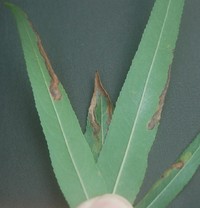
| Recorded by: Tracy S. Feldman on 2018-06-19
Wake Co.
Comment: Unoccupied mines on Salix nigra--gradually-widening linear mines with central frass trail, mostly on upper side of leaves. | 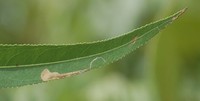
| Recorded by: Tracy S. Feldman on 2017-09-18
Scotland Co.
Comment: Unoccupied mines on Salix nigra--gradually-widening linear mines with central frass trail, mostly on upper side of leaves. |

| Recorded by: Tracy S. Feldman on 2017-09-18
Scotland Co.
Comment: Unoccupied mines on Salix nigra--gradually-widening linear mines with central frass trail, mostly on upper side of leaves. | 
| Recorded by: Tracy S. Feldman on 2017-07-24
Durham Co.
Comment: Unoccupied mines on Salix nigra--gradually-widening linear mines with central frass trail, mostly on upper side of leaves. |
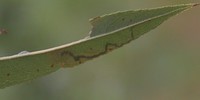
| Recorded by: Tracy S. Feldman on 2017-07-24
Durham Co.
Comment: | 
| Recorded by: Tracy S. Feldman on 2017-07-24
Durham Co.
Comment: |
|

 »
»




 »
»


